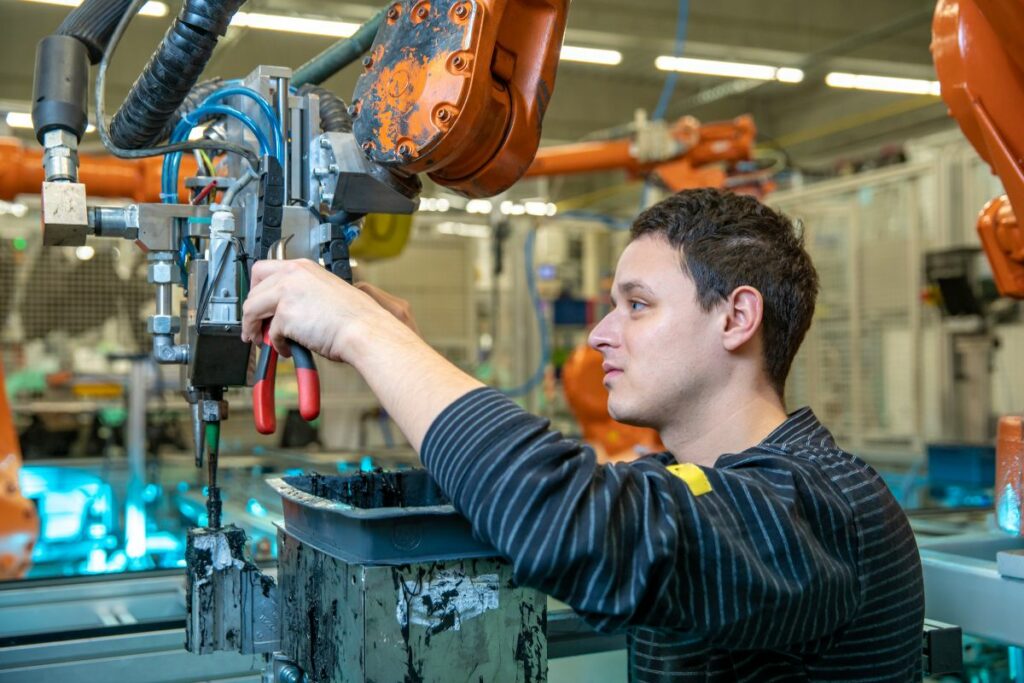
Like any other machine, your welding equipment must run efficiently to perform at its best. Conducting thorough maintenance procedures can help ensure safety and avoid equipment failures while reducing energy costs and performance downtime.
Proper assessment and replacement of engine parts can also prevent serious injuries or wrongful death in the weld zone. Without performing routine inspections, welders are more likely to expose themselves to hazardous welding fumes and chemicals.
Here’s what you can do to ensure that your welding equipment runs smoothly:
Before any maintenance procedure, make sure to unplug all power units from wire feeders. Don’t forget to look at the operator’s manual before servicing the equipment. The ideal cleaning schedule is every six months, but for heavy-service machines, it must be done weekly. Failure to dry the air out of the machine can result in premature wearing and overheating. All equipment should be dried to avoid electric shock during the welding process.
Poor circuit connections can lead to erratic arcs and drifting weld parameters. To prevent any loose wirings, immediately tighten the weld terminals and check the electrode holders or ground leads for any cracks. It’s best to replace cracked cables with new ones than hold them together using adhesive tapes.
Undersized cables may not be compatible with the machine, preventing it from carrying enough current and voltage. Always get proper cable measurements based on the manufacturer’s specifications to avoid arc wandering and overheating.
Gas leaks are pretty common in poorly secured welding machines. These spills might be due to worn O-rings or severed connections at the back of your welding gun. While it can be costly to repair severe perforations, following a good maintenance schedule can prevent it from happening. Welders must perform manual equipment assessment at the start of each process.
Welding machines normally suck air to cool down properly. However, the fans can also absorb dust, metal shavings, and other air contaminants that can ruin the electrical components inside the machine. If the drive rolls are dirty, get rid of any residues using a wire brush. Without regular cleaning and inspection, the liner will clog the wires and cables.
Porosity in welding happens when there is a lack of shielding gas coverage. If you notice rising pressure even with the downstream valve closed, this may indicate a faulty regulator. Contaminants can mix with the weld puddle which can cause impure welds. When repairing a worn hose, close the cylinder valve and splice the affected area.
Safety must be your top priority in the weld zone. Welders are at risk of inhaling welding dust and fume which can eventually lead to fatal respiratory illnesses such as severe pneumonia, asthma, and lung cancer.
Maintenance procedures must include regular checkups and cleaning of filtration units to safeguard against the harmful effects of welding. Local ventilation systems should be in place to get rid of excess pollutants on the welding site.
Maintaining your welding equipment at peak performance can be a daunting task. But doing so can prevent more catastrophic engine issues from occurring in the future. Preventative repairs can be costly; however, the result can save you time, resources, and manpower. After all, you can rely on a machine that operates safely and efficiently for many years to come.